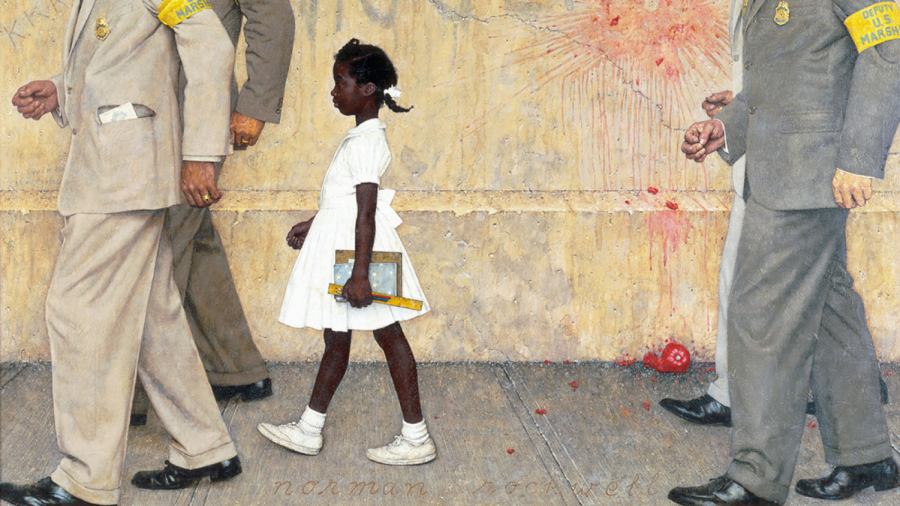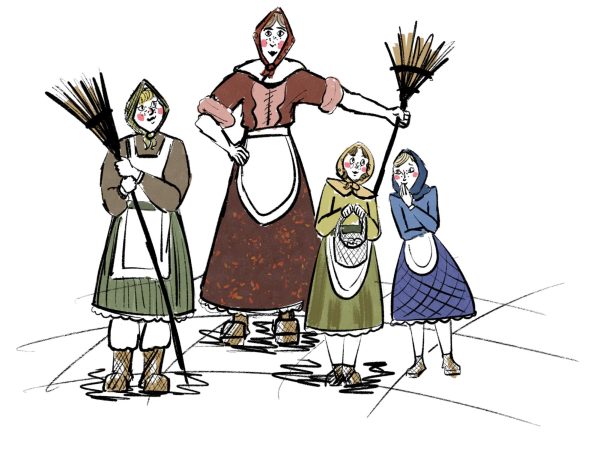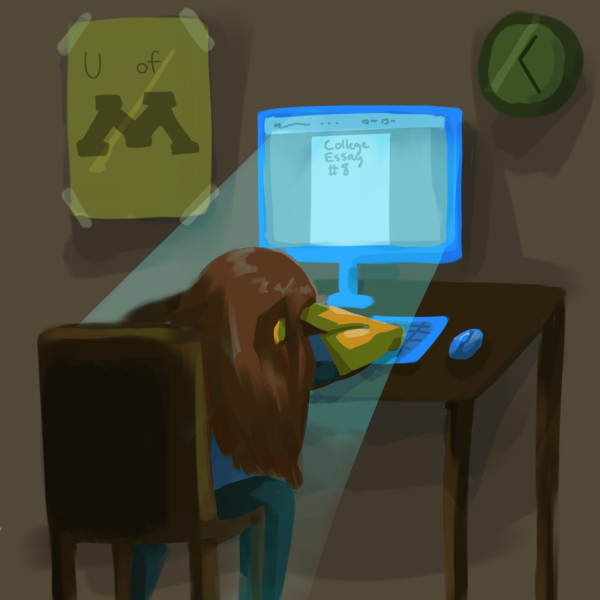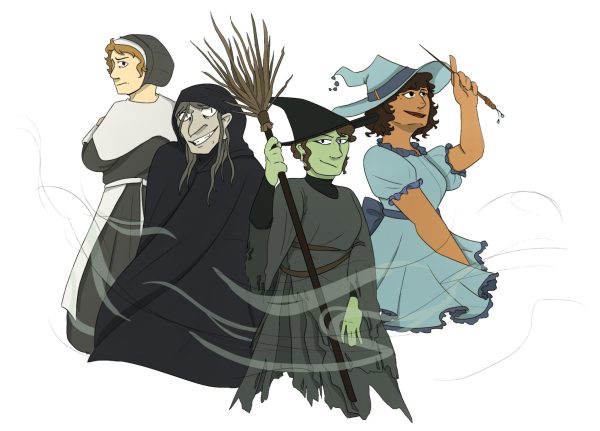Ruby Bridges: The Girl That Paved The Path For Desegregation In Schools
February 14, 2020
Throughout much of the early-to-mid 20th century, the southern states of America were segregated. Segregation would follow each and every aspect of a black American’s life. From water fountains to restaurants, restrooms and housing, white Americans would control and force minorities into oppression. That oppression would follow into education. There were designated schools for black students as well as white ones. Many whites did not want African American and people of color to be educated and thus the schools meant for them were poorly funded.
In New Orleans, a six-year-old girl by the name of Ruby Bridges made history. She was a black girl in a segregated school, but, in the year 1960, a law was passed that the state of Louisiana would have to desegregate. Bridges and her fellow students had to take tests to see if they could compete with the students at the white school. Bridges was one of six students who passed.
Bridges’ father was concerned with the fact that she would face much scrutiny and harassment from the white supremisists who didn’t want black students to integrate with their children. However, her mother wanted Bridges to have the opportunities that she and her ancestors were denied. So they enrolled her in William Frantz Elementary School.
Because the school wanted to delay Bridges’ admittance into the school as long as possible, her first day was pushed all the way back to November 14, 1960.
The other students who passed the entrance exams went to different schools, some opting to stay at the black school. On her first day and for the rest of the year, Bridges and her mother were escorted by federal marshals to school. On the first day, Bridges, as a six-year-old child, had to walk past a riot fueled by racist hate in which slurs and hate speech were screamed at her and her mother. Bridges states that she was frightened when she saw a woman holding a black baby doll in a coffin. However, she remained strong and walked all the way to school.
When she arrived at school, she had to spend the entire day in the principal’s office. For the rest of the year she would eat alone at lunch and attend a class which was composed of only herself and the only teacher who accepted her, Barbara Henry. Some days during recess, Bridges would play with Henry.
The backlash for Bridges attending the once all white school could be seen when her father was fired from his job, and many grocery stores would refuse to sell to the family. However, she was rightfully praised for her courage. American painter Norman Rockwell, who was one of the most prominent and famous artists at the time, painted a piece titled “The Problem We All Live With” which commemorated her bravery walking to school that morning.
Bridges would continue to attend integrated schools for the rest of her education. In the 1990s, Bridges reconnected with Henry and the two would go on to hold speeches where they would discuss the importance of acceptance and tolerance. Also in the ‘90s, Bridges would start the Ruby Bridges Foundation which would promote tolerance and change for black students and education around America. In The year 2000, she was made an honorary deputy marshall. She is still alive today.
Ruby Bridges’ bravery and courage paved the way for many African American students to be able to have the education that they were denied for decades. Federal Marshal Charles Burks, who was one of the marshals who escorted Bridges and her mother stated that “She never cried. She didn’t whimper. She just marched along like a little soldier.”






























